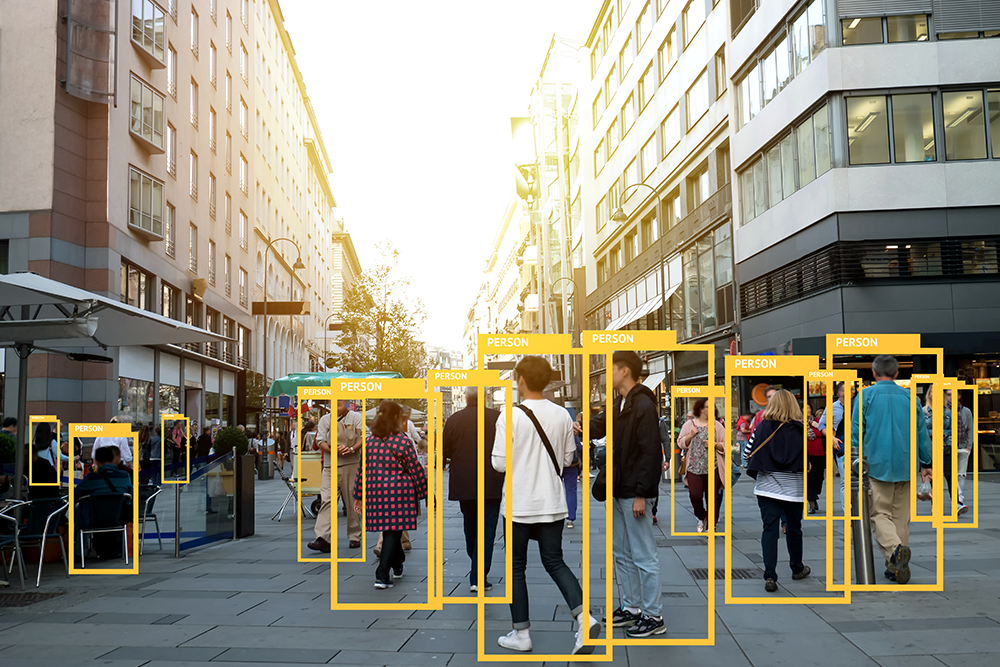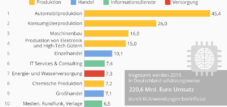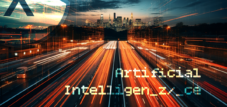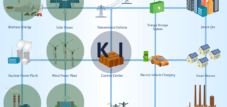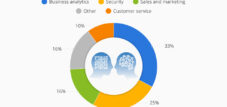The People and Process Behind Artificial Intelligence
Language selection 📢
Published on: April 1, 2019 / Update from: April 1, 2019 - Author: Konrad Wolfenstein
Artificial intelligence has a bad reputation as a job killer and human-worker replacement. In some areas this is the case, but in others, particularly when it comes to cleaning and processing data, AI is leading the way in new jobs.
' Data Labeling and Annotation' is an emerging industry that emerged from the AI. Unstructured data records from sources such as cameras and social media data or structured sources such as databases are labeled, marked, colored or highlighted in order to show differences and similarities from people. To train a machine to learn what a stop sign is, a person has to go into the camera material of a street and mark all stop signs in the photo. The machine is then added to data that identify thousands of these images. Over time, the system can recognize more precisely through the processing of the marked data what a stop sign is. This type of machine learning, in which a system becomes more precise by receiving more data, is called Deep Learning.
Since this process is essential for the algorithms to accurately perform core functions, the data labeling industry will grow in importance over the next five years. In 2018, the market for AI and machine learning data preparation, a process that relies heavily on people manually labeling data, was $500 million. That's expected to more than double, reaching $1.2 billion by 2023, according to Cognilytica Third-party providers expect this growth to increase significantly, increasing from $150 million of the market to $1 billion over the same period. Data labeling is particularly important for AI, which deals with object and image recognition, autonomous vehicles, and text and image labeling.
Artificial intelligence gets a bad rap as a job killer and human-worker replacer. In some areas this is true, but in others, particularly surrounding how data are cleaned and processed, AI is spearheading new jobs.
Data labeling and annotation is a burgeoning industry born from AI. Unstructured datasets from sources like cameras and social media data or structured sources, like databases, are labeled, marked, colored, or highlighted to show differences, similarities by people. To train a machine to learn what a stop sign is, a person must go into camera footage of a street and mark up all the stop signs in the photo. The machine is then fed data identifying thousands of these images. Overtime the system can more accurately identify what a stop sign is by processing the labeled data. This type of machine learning, where a system gets more accurate by being fed more data, is termed deep learning.
As this process is essential for algorithms to accurately perform core parts of its function, the data labeling industry is set to take off over the next five years. In 2018, the market for AI and machine learning data preparation, a process that relies heavily on people to manually label data, stood at $500 million. According to Cognilytica , that is expected to more than double, reaching $1.2 billion by 2023. Third-party providers an expect to see a significant uptick in that growth, going from $150 million of the market to $1 billion over that same time frame. Data labeling is particularly essential for AI that deals with object and image recognition, autonomous vehicles, and text and image annotation.




